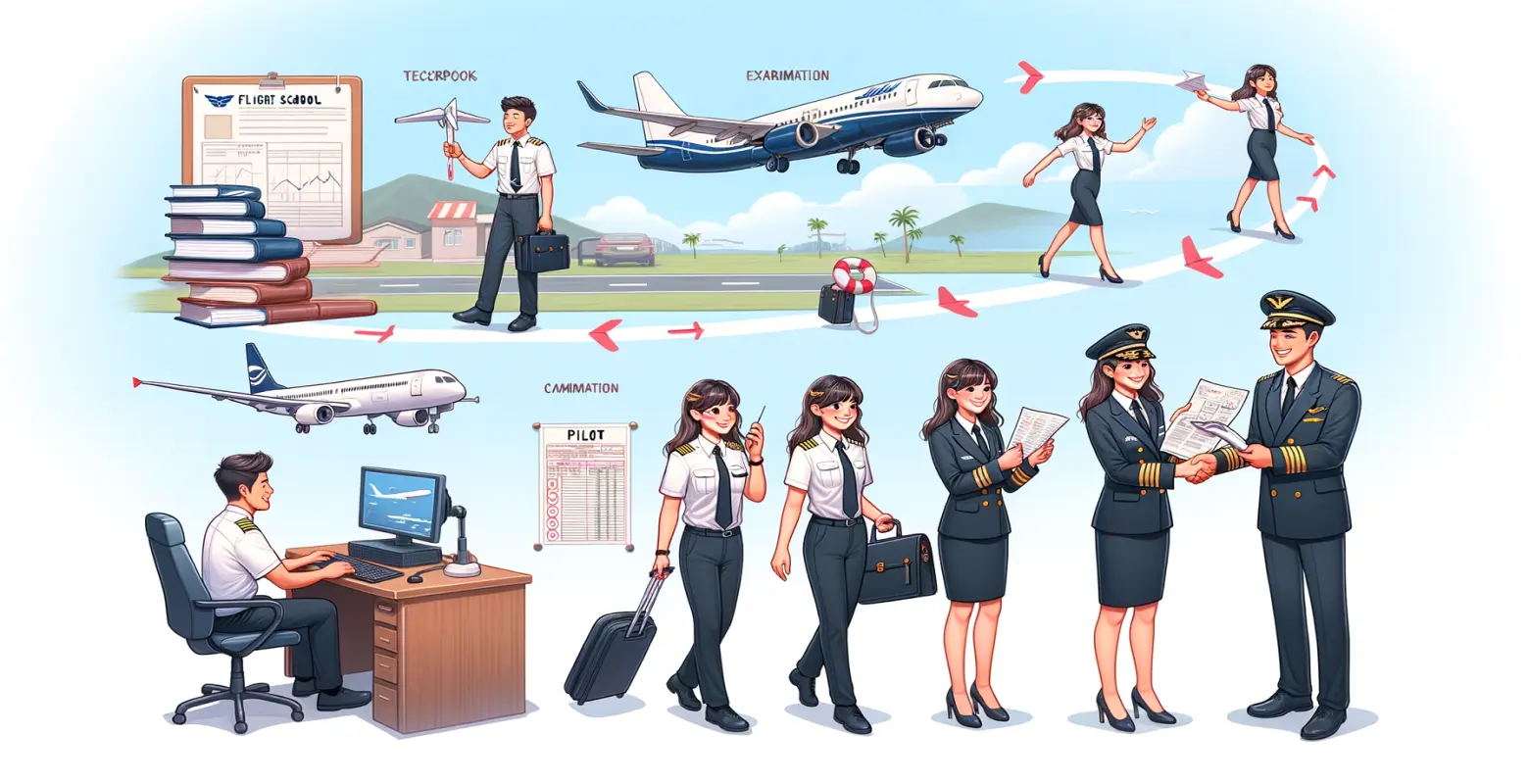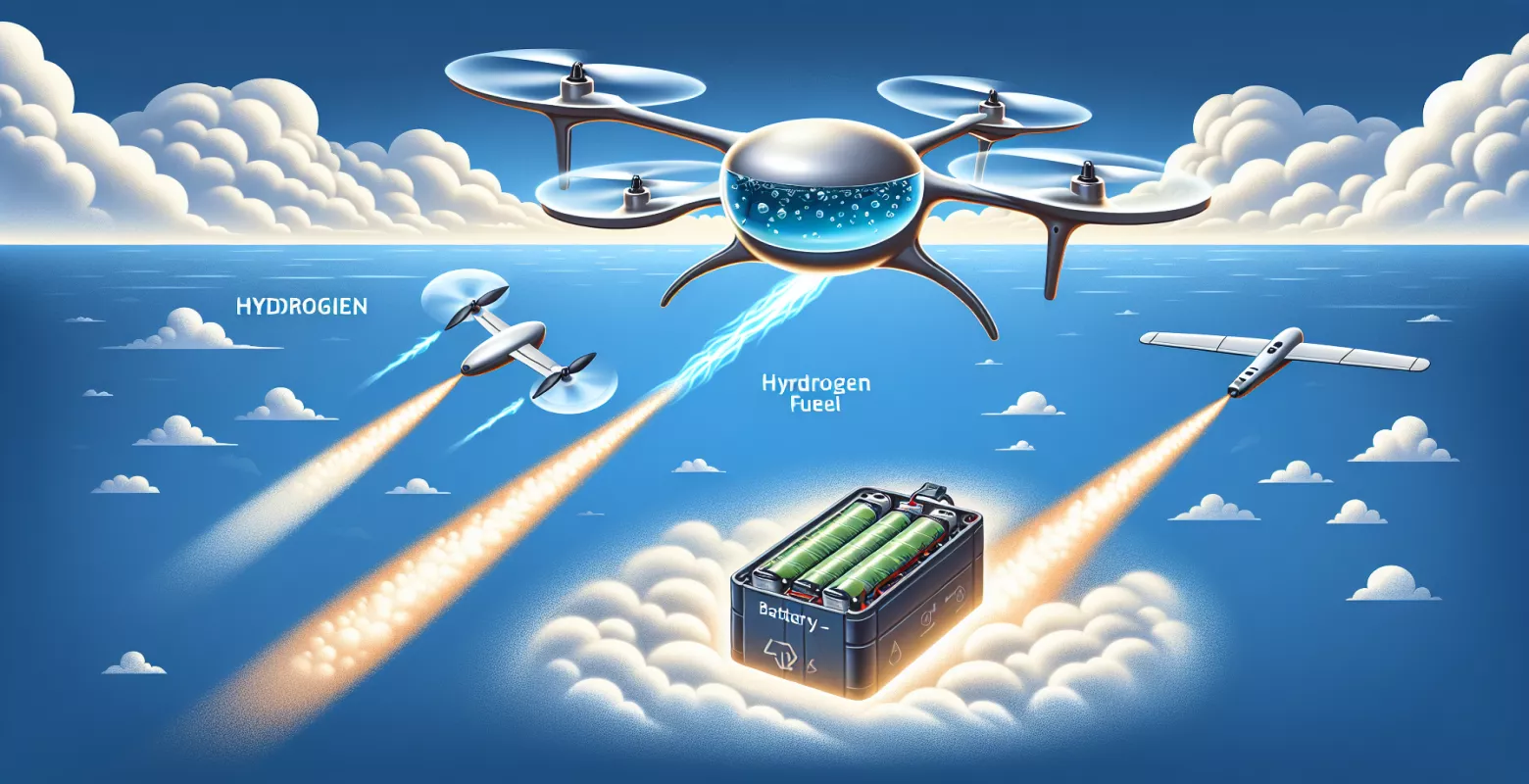What does a pilot's career look like? Professional path step by step
Introduction
When we think about a pilot's career, we often imagine exciting travels, endless views from the cockpit, and the prestige associated with the profession. However, the path to becoming a pilot is not just about dreams of flying, but also many years of learning, training, and sacrifices. The modern aviation world offers many career paths that can lead to achieving this goal. In this article, we will take a closer look at what the pilot's professional path looks like step by step, what requirements need to be met, and what development opportunities exist in this fascinating field.
Basic requirements and qualifications
To start a career as a pilot, it is essential to meet certain basic requirements. The first step is obtaining an aviation medical certificate, confirming the ability to perform pilot duties. Health requirements are rigorous and include aspects such as visual acuity, hearing, and overall physical fitness. Candidates must also have at least a secondary education.
The next step is obtaining a pilot's license. Most often, the first stage is obtaining a Private Pilot License (PPL), which allows piloting aircraft for non-commercial purposes. The PPL license requires completion of both theoretical and practical training and passing relevant exams.
Training and education
After obtaining the PPL license, aspiring pilots must take further steps towards obtaining a Commercial Pilot License (CPL). This training is more advanced and includes both theoretical classes and practical flying. Aviation schools offer programs that combine these two elements, preparing students for the duties of a professional pilot.
It is worth noting that besides acquiring new practical skills, future pilots must also develop their theoretical competencies, such as navigation, meteorology, aviation laws, or aircraft operation principles. Many pilots also choose to pursue higher education related to aviation, which can be an additional asset in their career.
Licenses and certificates
The CPL license is a crucial step in starting work as a professional pilot, but it is not the only document needed to practice this profession. Many pilots decide to obtain an Airline Transport Pilot License (ATPL), which is the highest level of aircraft pilot license and allows for serving as a captain in airlines.
To obtain an ATPL, it is necessary to gain the required experience, which includes a specified number of flight hours and passing theoretical and practical exams. There are also additional certificates and qualifications that pilots can acquire during their career, such as ratings for flying on specific aircraft types, Instrument Flight Rules (IFR) privileges, or instructor ratings.
Pilot career paths
After obtaining the necessary licenses and certificates, pilots have various career paths to choose from. The most popular option is working in airlines, where one can start as a first officer and eventually advance to the position of captain. An airline often offers stable employment and attractive salaries but also requires significant flexibility and readiness to work at different hours.
Another choice may be working in corporate aviation, where pilots fly smaller, often luxurious private aircraft. This type of work can offer greater task variety and a more flexible schedule. There are also opportunities to work in military aviation, rescue operations, or cargo aviation.
Challenges and benefits of being a pilot
A pilot's career is not only an adventure and prestige but also entails many challenges. This job requires excellent coordination, the ability to make quick decisions, and coping with stress. Pilots must be prepared to work at unusual hours, often away from home and family.
However, being a pilot also comes with many benefits. The opportunity to travel the world, discover new cultures and places is an invaluable asset for many. Additionally, this profession often offers attractive remuneration and diverse benefits.
Future and trends in aviation
The aviation industry is rapidly evolving, creating new opportunities for future pilots. Modern technologies, such as unmanned aircraft or the development of space aviation, open up new career paths. The growing importance of ecology and sustainable development in aviation may lead to the introduction of new regulations and technologies that will impact pilots' work.
At the same time, the increasing demand for air travel, especially in regions like Asia and the Middle East, may lead to a growth in employment in the aviation industry, offering new opportunities for professional development.
Summary
A pilot's career is a fascinating professional path that combines a passion for flying with high requirements and responsibilities. It requires commitment, continuous development, and a willingness to learn. However, for many people, the ability to pilot aircraft and travel the world is a dream come true. As the aviation industry evolves, pilots face new challenges and opportunities that can make this career even more exciting.
We encourage all interested individuals to deepen their knowledge of aviation and consider this career path as a potential career. It is certainly a path full of challenges, but also great satisfaction.







Number of comments: 0